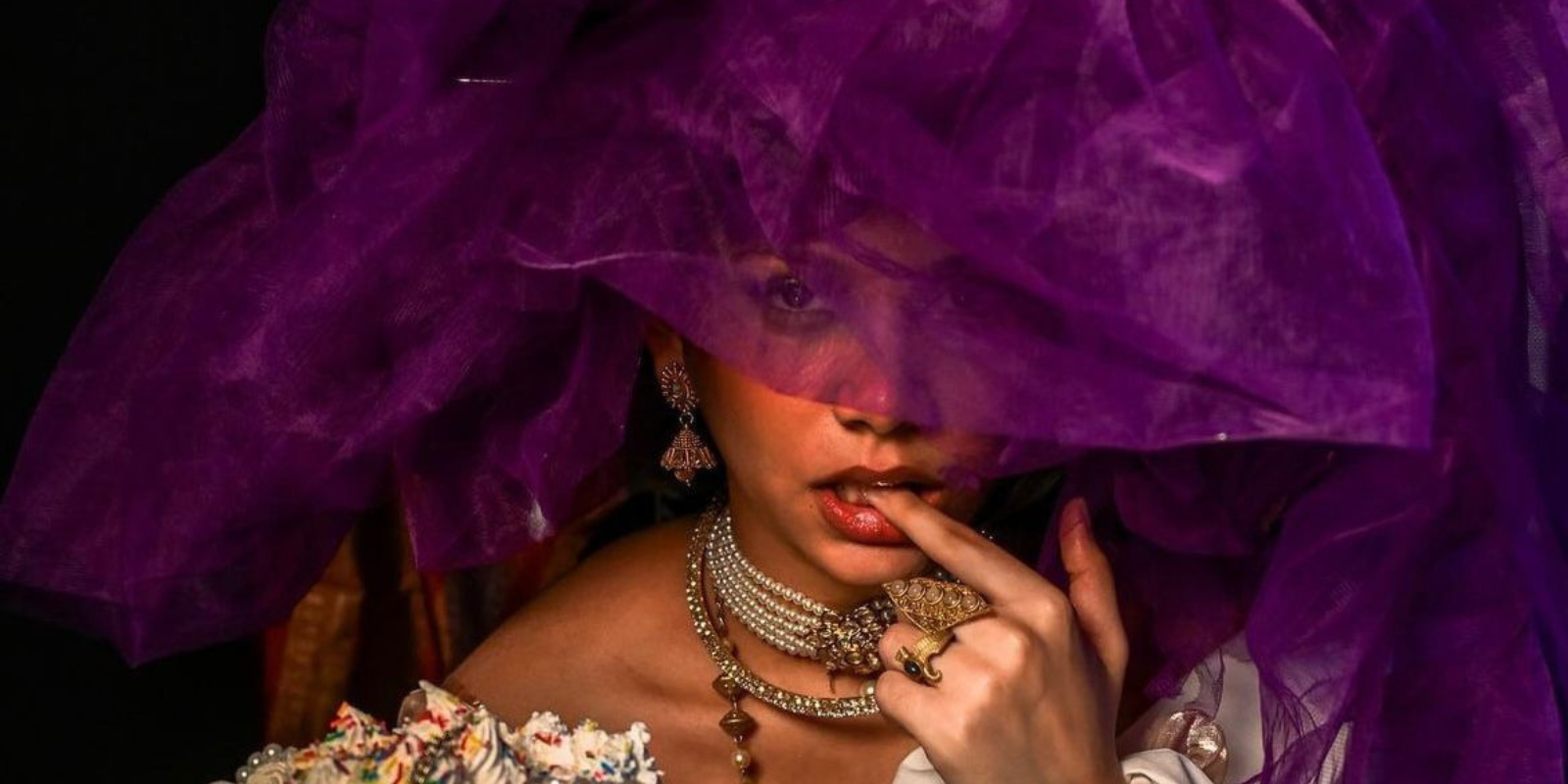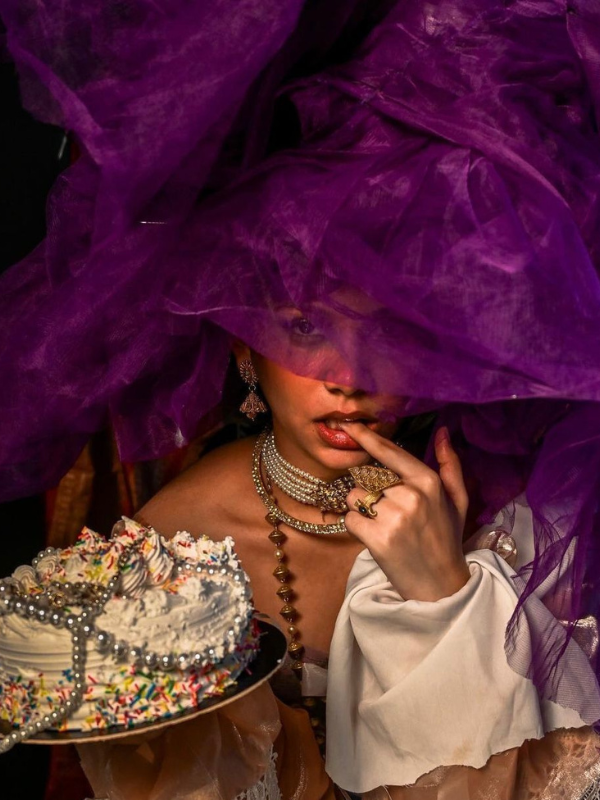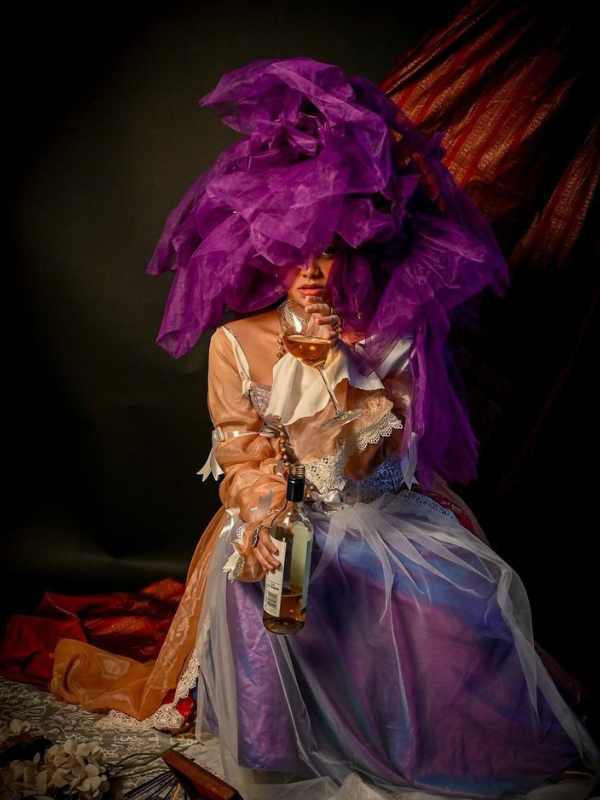

Ayushi Agarwal
When I first walked into my photography class, I wondered to myself, “Why am I here?” Because to me, photography seemed like a pretty basic skill: point the camera at the subject and press the click button. Well, six months into the course, my perspective changed completely.
The course specialised in fashion photography, which differs greatly from wildlife photography. During the course, the first realisation I had was that photography is a means to convey stories to the audience, something that cannot be done just by pointing the camera and pressing the click button. There are so many aspects that need to be kept in mind.
In fashion, you have the subject, the art direction and the concept with you. To incorporate all these into one frame and still convey the story, is the main aim of the photographer. So, how does one do this? Firstly, by being extremely familiar with the concept and art direction, because if one does not know the story, how are they expected to convey it truly? Once you’re conversant with the idea, you’ll know exactly what and what not to incorporate into the frame.
The second most important thing in fashion photography is the angle at which shots are taken. It could be a front angle, side angle, top angle or low angle, depending on the concept. Still, in all these angles it is necessary to focus on the subject, which is the model. For, in fashion, you’re telling a story while also making a fashion statement. The angles must be such that the details are captured along with the concept. Details like the fall of the dress, or the flow, which are essentially the fashion details. Also, the specifics of the art direction are equally important to the concept and the shoot.
As a fashion photographer, you need to be in sync with the subject that is the model. How? Well, by making them feel confident, and understanding their movement and expressions. Once this is established, timing is key, which comes automatically after you’ve created that safe space for the model where they can be comfortable and give their best.
The next important thing is lighting and its placement. Let me explain this with the help of an example. If the shoot is all about fun, whimsy and the outdoors, the lighting would be bright and would focus on all the elements. However, if the theme of the shoot is dark, then the lighting is less, and focused on the model and the necessary props.
The beauty of fashion photography is that it’s not only a studio game but also an outdoor game. In a studio, you can play with the lighting and see what works best but in an outdoor shoot, you need to be specific (and very careful) about the lighting you require. For that, one should plan the shoot according to the time of the day, and be there prepared before the light comes in.
In outdoor fashion shoots, the background and scenery also have to be taken care of—how the subject is moving with respect to the backdrop, and what angle will capture the best possible outcome.
You see, fashion photography may seem simple but a lot of thought and effort goes into just one shoot. It is an art of storytelling, and how one tells the story demonstrates their skills. It is definitely much more than just pointing the camera and pressing the click button.
